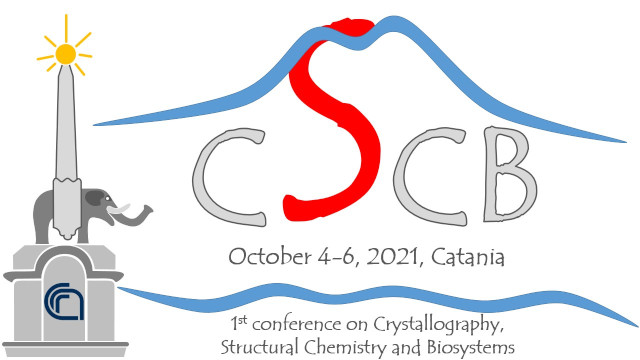Speaker
Description
The role of proteasome in the regulation of all cellular functions, is so relevant that its modulation became a useful therapeutic strategy for a large variety of diseases (1). Besides the potential clinical usefulness, proteasome regulators provide interesting and important tools for cell and molecular studies. Some years ago we have proposed cationic porphyrins as a new class of proteasome inhibitors (2), extending a new regulatory function to the broad-spectrum activities of these “multi-purpose” molecules. The external face of the 20S CP, the alpha ring, has its own regulation system consisting of dynamic gate that constantly switches between closed and open state. These physiological receptorial regions of canonical regulatory particles are characterized by a regular arrangement of charged aminoacids that represent a sort of “electrostatic code” regulating the “state” of the gate; the peripheral porphyrin charges represent a key able to interfere with the gate “door lock” (3). Thus, porphyrins behave as gatekeepers of 20S CP (4), either inducing a partial gate occlusion (e.g., H2T4) or, allosterically, triggering a conformational change that affect the open-closed equilibrium (e.g., pTMPyPP4) (3). Finally, in the case of tricationic porphyrin Tris-T4, 20S CP activation has been observed, as the result of a new proteasome functional state characterized by a much higher substrate affinity and a higher catalytic efficiency. According to our hypothesis, supported by NMR and computational data, the h20S activation observed upon Tris-T4 binding, might simulate to some extent the allosteric activation by regulatory proteins. These results coupled with porphyrin's versatile chemistry, position porphyrins as a novel class of CP conformational modulators of proteasome with a significant pharmacological potential.
References
1. Finley D., et al; Trends in Bioch. Sci, 2016, 41(1),77-93.
2. Santoro A.M. et al.; J. Am. Chem. Soc., 2012, 134, 10451-57.
3. Cunsolo A., et. al. Scientific Reports 2017, 7: 17098.
4. Santoro A.M., et al. Chemical Science, 2016, 7, 1286-97.
5. Santoro A.M. et al., submitted for pubblication.

